Wicker vs Other Outdoor Furniture Materials
Outdoor furniture is a critical component of any patio, deck, or garden. With numerous materials available, choosing the right one can be challenging. This article delves into the comparison between wicker vs other outdoor furniture materials such as wood, metal, and plastic.
By examining various aspects like durability, maintenance, aesthetic appeal, weather resistance, environmental impact, cost, and longevity, you can make an informed decision that best suits your needs and preferences.
Wicker vs. Wood
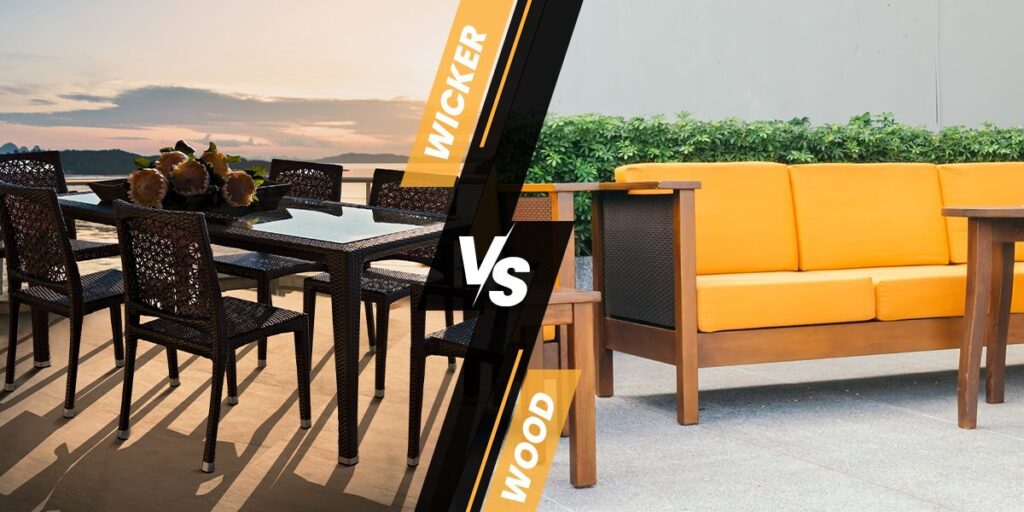
Durability and Maintenance
When comparing wicker to wood, durability and maintenance are key factors. Wicker, typically made from materials like rattan, reed, or synthetic fibers, is known for its flexibility and resistance to wear. High-quality wicker, especially when made from synthetic materials, can withstand outdoor elements without significant degradation.
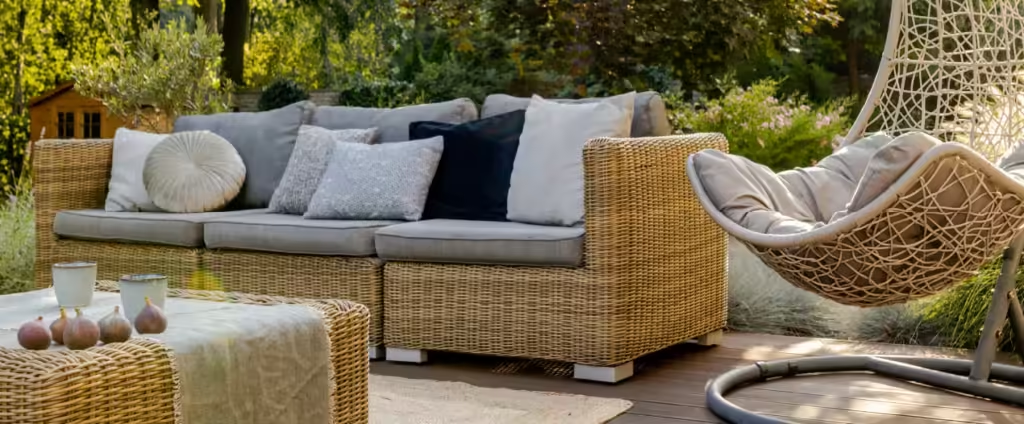
On the other hand, wood furniture, while robust and timeless, often requires more upkeep. Woods like teak, cedar, and eucalyptus are naturally resistant to decay and insects, but they still need regular maintenance such as sealing, staining, or painting to keep them looking their best.
- Teak is renowned for its high oil content, which makes it naturally resistant to water and pests. However, it requires periodic cleaning and oiling to maintain its color and prevent cracking.
- Cedar, another popular choice, has natural oils that repel insects but can fade to a silvery gray if not treated with a protective finish.
- Eucalyptus is a more affordable option that offers good durability but needs regular sealing to protect against moisture.
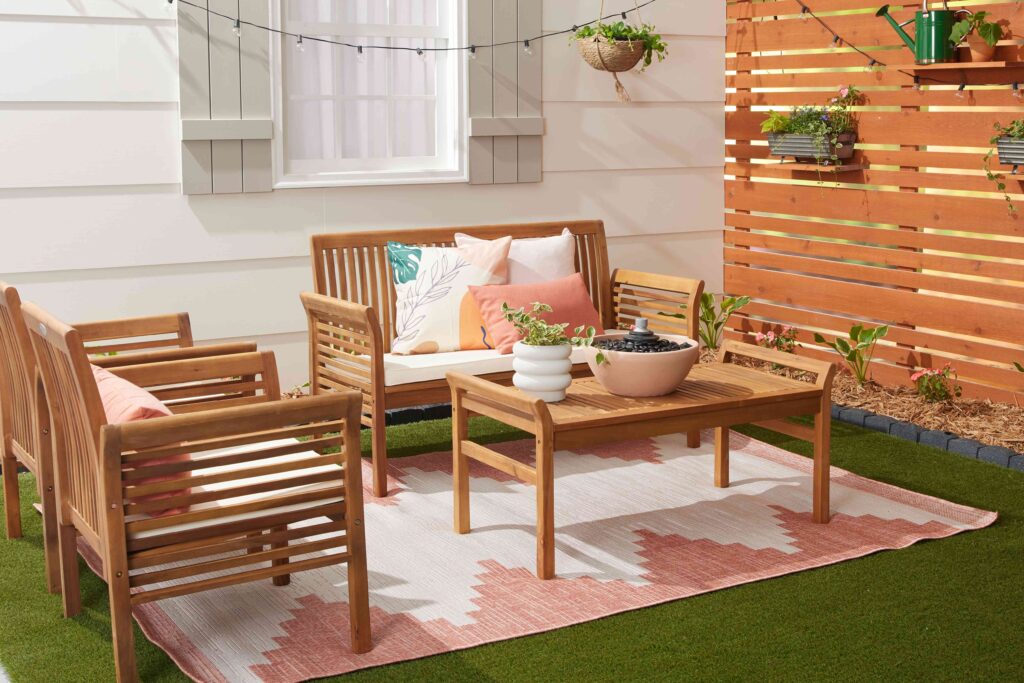
Wicker furniture, particularly synthetic variants, usually requires only occasional cleaning with mild soap and water, making it a more low-maintenance option. For natural wicker, applying a protective sealant can help preserve its appearance and extend its lifespan.
Aesthetic Differences
Aesthetics play a crucial role in furniture selection. Wicker offers a casual, laid-back look that complements various outdoor settings. Its woven texture adds a touch of rustic charm and can be painted or stained in different colors to match your decor. Whether you prefer a natural, earthy tone or a vibrant, modern color, wicker can adapt to your style.
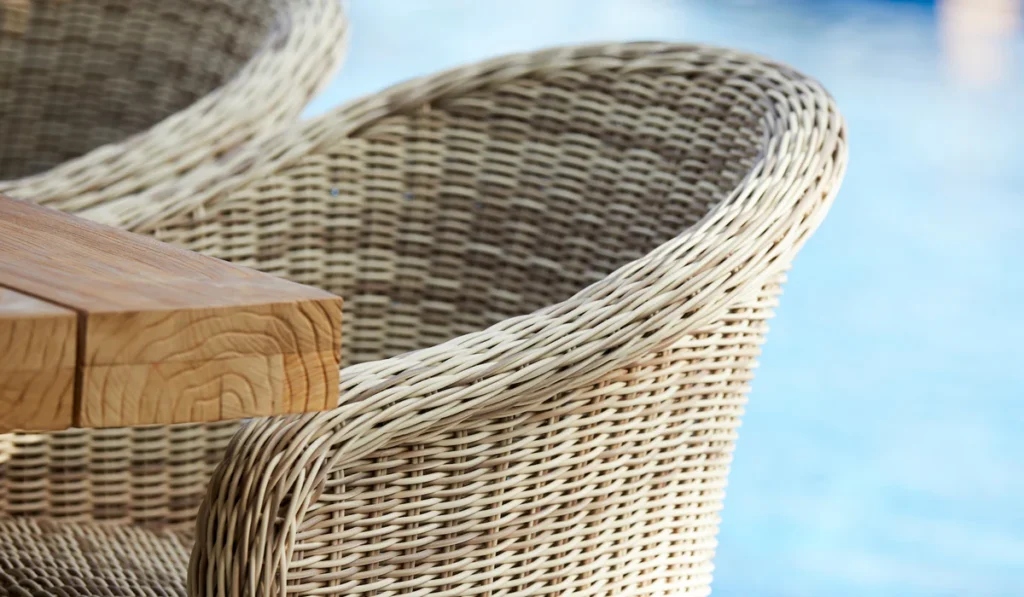
Wood, however, brings a natural and elegant appeal to any space. The grain and texture of wood provide a unique character that many find appealing. Whether left in its natural state or treated with finishes, wood furniture exudes a classic and sophisticated vibe. Different types of wood offer varied aesthetics: teak with its golden hue, cedar with its reddish tones, and eucalyptus with its rich, deep colors.
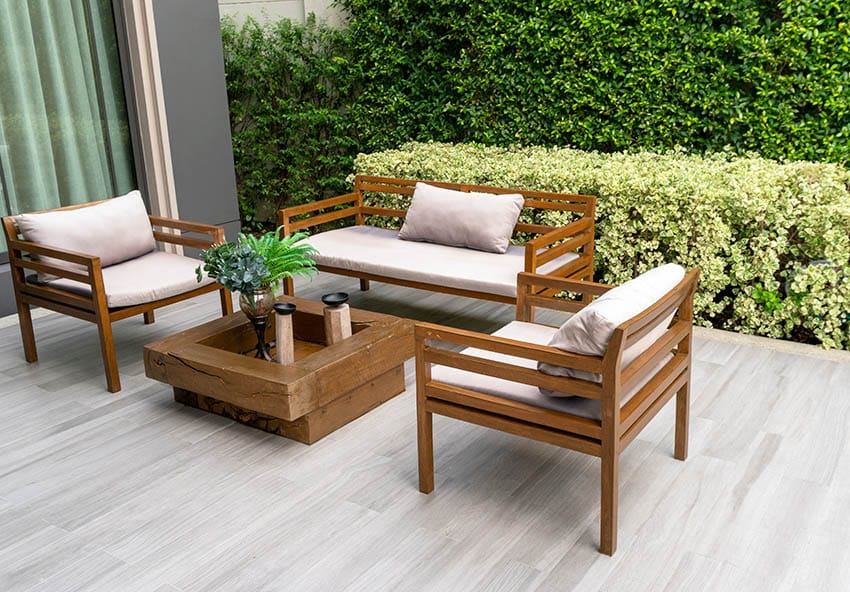
The choice between wicker and wood often boils down to personal taste and the desired ambiance of your outdoor area. Wicker’s versatility in design can suit both contemporary and traditional settings, while wood’s timeless appeal adds a touch of luxury and warmth to any space.
Wicker vs. Metal
Weather Resistance
When it comes to weather resistance, wicker and metal offer different advantages. Wicker, especially synthetic variants like resin wicker, is highly resistant to moisture, UV rays, and temperature fluctuations. It doesn’t rust, corrode, or fade easily, making it ideal for various climates.
Metal furniture, commonly made from aluminum, steel, or wrought iron, can also be highly durable. Aluminum is naturally resistant to rust and lightweight, making it easy to move. Steel, when treated with a powder coating, resists corrosion and offers substantial strength. Wrought iron, while heavy and prone to rust if not properly maintained, provides a classic and durable option. For metal furniture, applying a rust-resistant finish and covering it during harsh weather can significantly extend its lifespan.
Weight and Mobility
Weight and mobility are important considerations for outdoor furniture. Wicker furniture is generally lightweight, allowing for easy rearrangement and storage. This can be a significant advantage if you like to frequently change your outdoor setup or need to store furniture during harsh weather conditions.
In contrast, metal furniture varies in weight. Aluminum is lightweight and easy to move, while steel and wrought iron are much heavier. The weight of metal furniture can provide stability and resistance to strong winds, but it may pose challenges when moving or rearranging your patio layout. The added stability of heavier metal furniture can be beneficial in windy areas, reducing the risk of tipping over.
Deciding between wicker and metal often depends on your priorities regarding mobility and stability. If you value ease of movement and flexibility in arrangement, wicker is an excellent choice. For those who prefer sturdy, wind-resistant furniture, metal might be the better option.
Wicker vs. Plastic
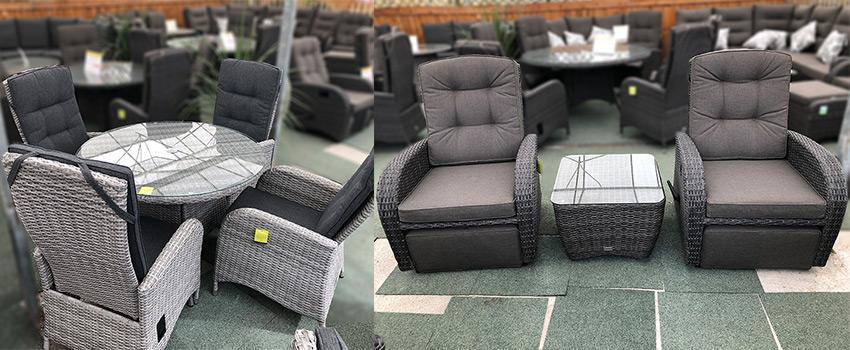
Environmental Impact
Environmental impact is an increasingly important factor for many consumers. Wicker, particularly natural wicker made from rattan or reed, is a renewable resource and an eco-friendly option. However, the harvesting process can impact natural habitats if not managed sustainably. Synthetic wicker, made from resin or vinyl, is durable but derived from non-renewable petroleum products, raising environmental concerns.
Plastic furniture, often made from polyethylene or polypropylene, is lightweight, inexpensive, and resistant to moisture and UV rays. However, its production involves significant energy consumption and fossil fuels. Some manufacturers now produce outdoor furniture from recycled plastics, which helps reduce environmental impact. Recycled plastic furniture offers a sustainable alternative, utilizing waste materials to create durable and attractive products.
When comparing wicker and plastic, consider the sourcing and sustainability practices of the manufacturers. Choosing furniture products made from responsibly sourced materials or recycled content can help minimize environmental impact and support sustainable practices.
Cost and Longevity
Cost and longevity are critical factors in choosing outdoor furniture. Wicker furniture, particularly synthetic variants, offers a good balance between cost and durability. It tends to be more affordable than high-end wood or metal options while providing long-lasting performance with minimal maintenance.
Plastic furniture is usually the most budget-friendly option. It is available in a wide range of styles and colors and can last for several years with proper care. However, plastic can become brittle and fade over time, especially when exposed to harsh sunlight. High-quality plastic furniture made from UV-resistant materials can offer better longevity and retain its appearance longer.
When weighing the cost and longevity of wicker versus plastic, consider your budget, the expected lifespan of the furniture, and how much maintenance you are willing to perform. While plastic furniture may require less initial investment, wicker furniture can offer greater long-term value with its durability and aesthetic appeal.
Comparison Board: Materials and Construction
| Feature | Wicker | Wood | Metal | Plastic |
|---|---|---|---|---|
| Durability | High, especially for synthetic wicker | High for teak and cedar, moderate for others | High for aluminum and treated steel, moderate for iron | Moderate, varies with quality |
| Maintenance | Low for synthetic, moderate for natural wicker | High, requires regular sealing and staining | Low to moderate, needs rust-resistant treatment | Low, occasional cleaning |
| Aesthetic Appeal | Casual, versatile, can be painted or stained | Classic, elegant, natural grain and texture | Modern, industrial, can be painted or powder-coated | Varied, available in many colors and styles |
| Weather Resistance | High for synthetic, moderate for natural wicker | Moderate to high, depending on wood type | High for aluminum and treated steel, moderate for iron | High, especially for UV-resistant materials |
| Weight and Mobility | Lightweight, easy to move | Moderate to heavy, varies by type | Lightweight (aluminum), heavy (steel, iron) | Lightweight, very easy to move |
| Environmental Impact | Renewable (natural), petroleum-based (synthetic) | Renewable, but requires sustainable harvesting | High energy to produce, recyclable | Non-renewable, but recycled options available |
| Cost | Moderate | High for quality wood, moderate for others | High for aluminum and treated steel, moderate for iron | Low, very affordable |
| Longevity | Long-lasting, especially synthetic | Long-lasting with maintenance | Long-lasting with proper care | Moderate, can become brittle over time |
FAQs
Conclusion
Choosing the right outdoor furniture material involves balancing factors such as durability, maintenance, aesthetics, weather resistance, environmental impact, cost, and longevity. Wicker, wood, metal, and plastic each have unique advantages and drawbacks. By understanding these differences, you can select the best material that suits your needs and enhances your outdoor living space.
Disclosure: Our blog contains affiliate links to products. We may receive a commission for purchases made through these links. However, this does not impact our reviews and comparisons. We try our best to keep things fair and balanced, in order to help you make the best choice for you.
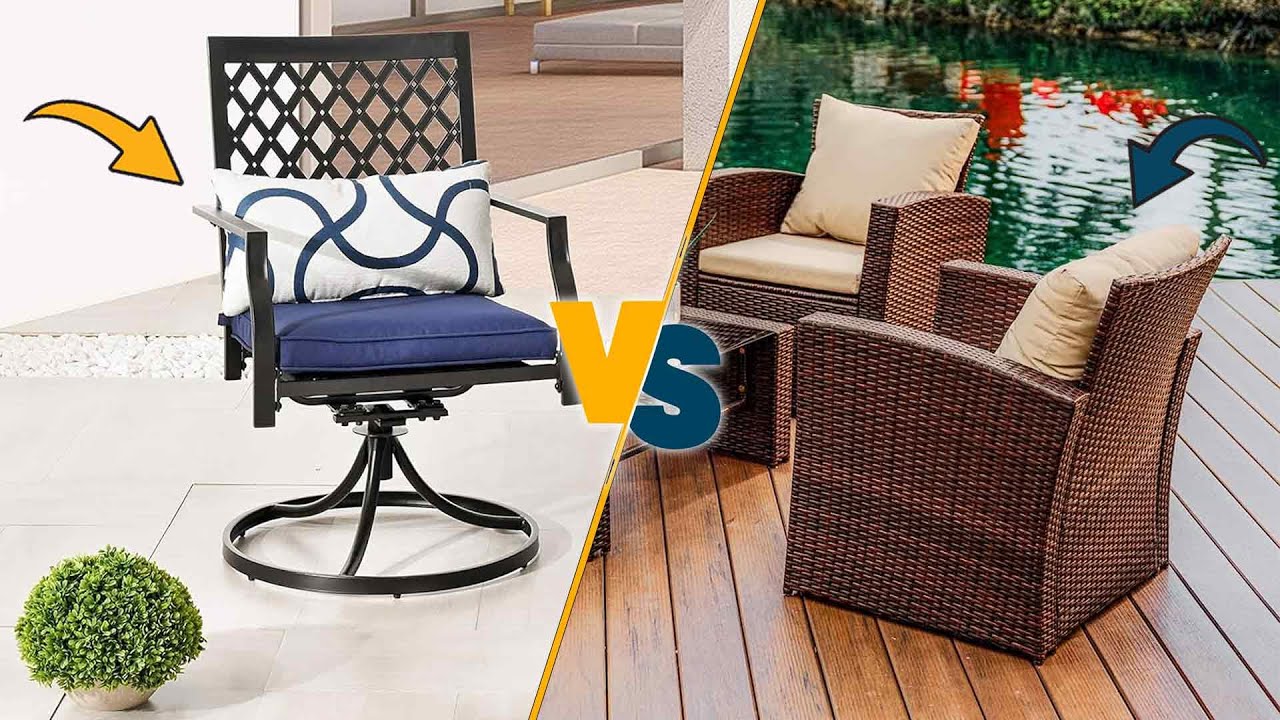
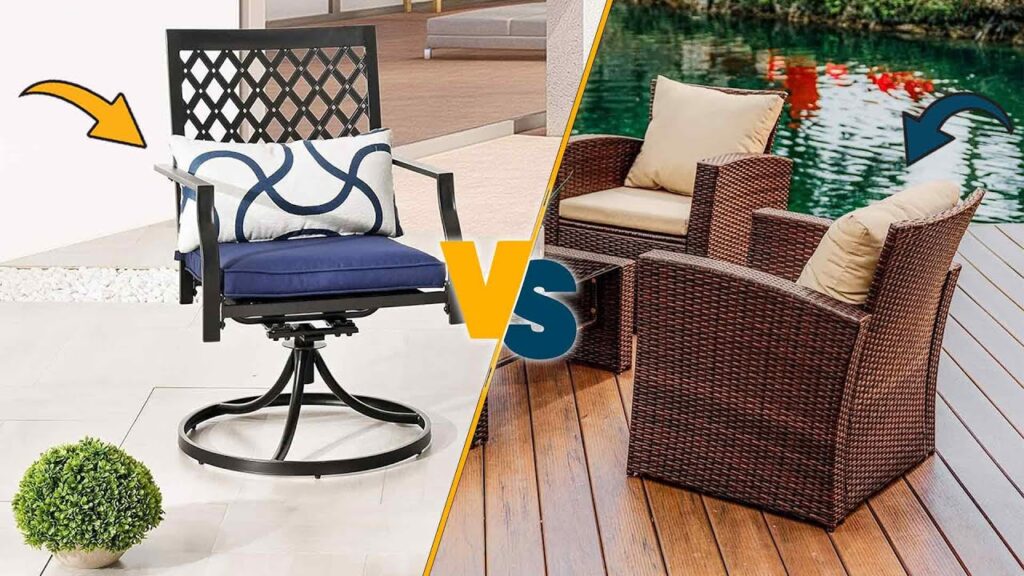
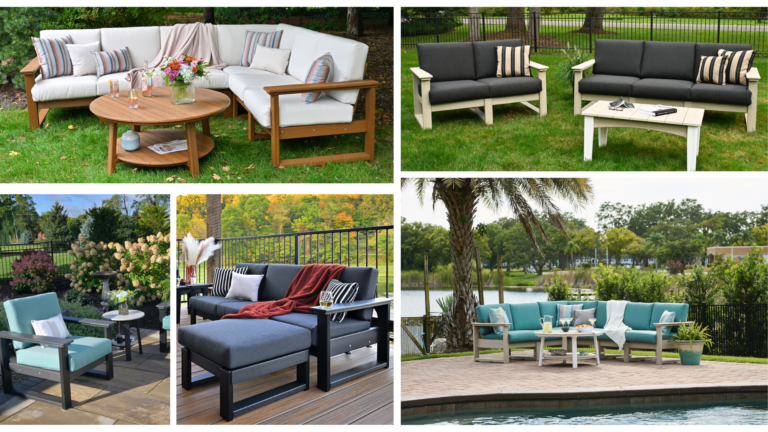
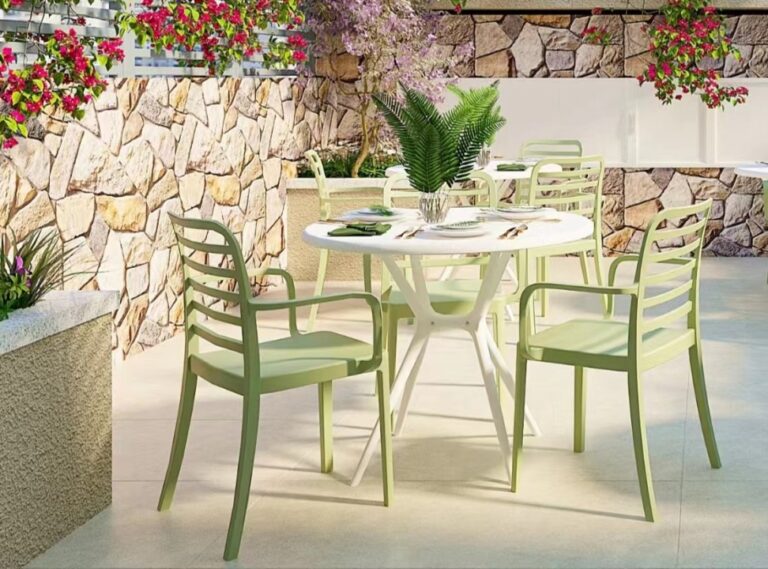
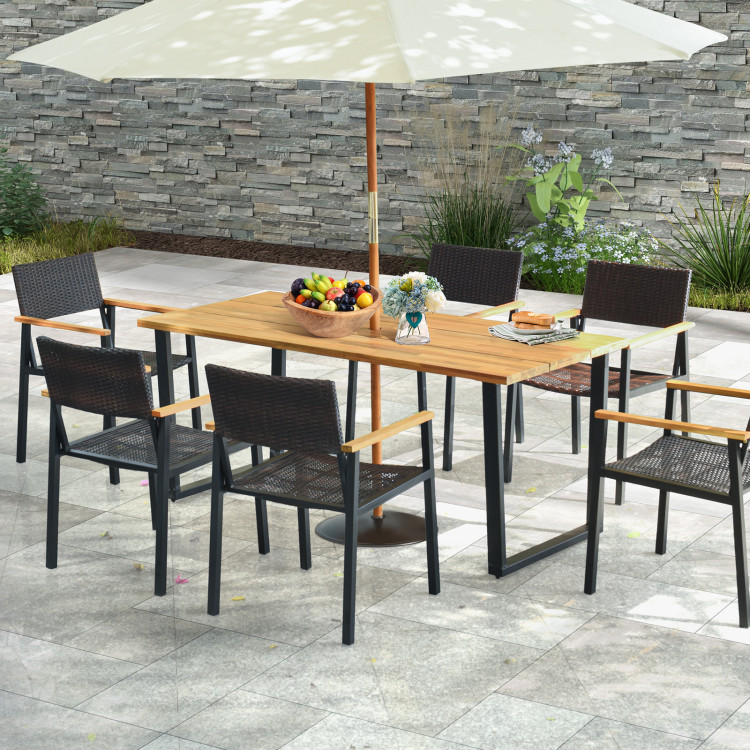

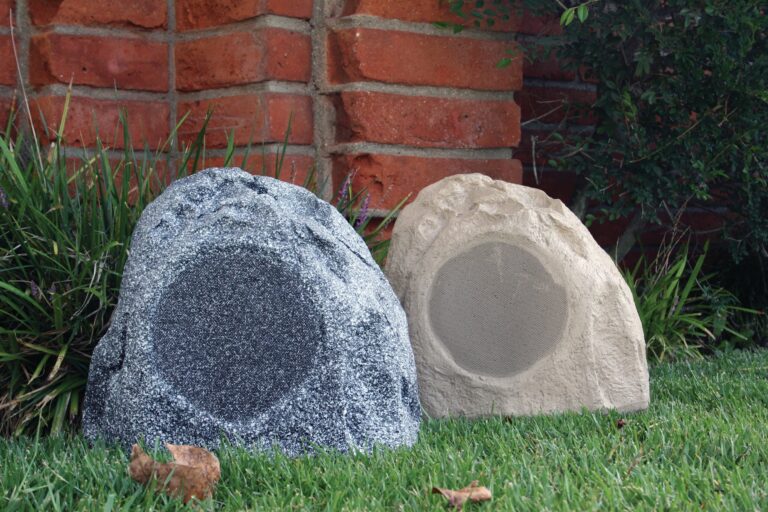
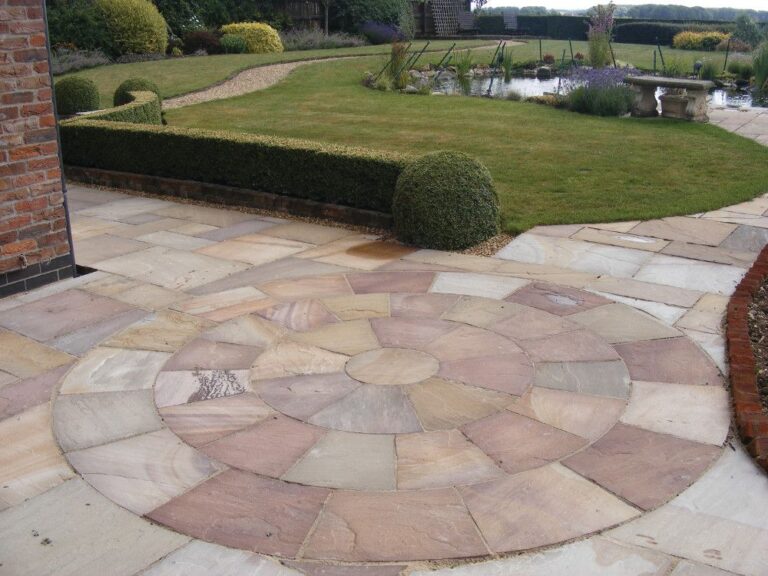
3 Comments